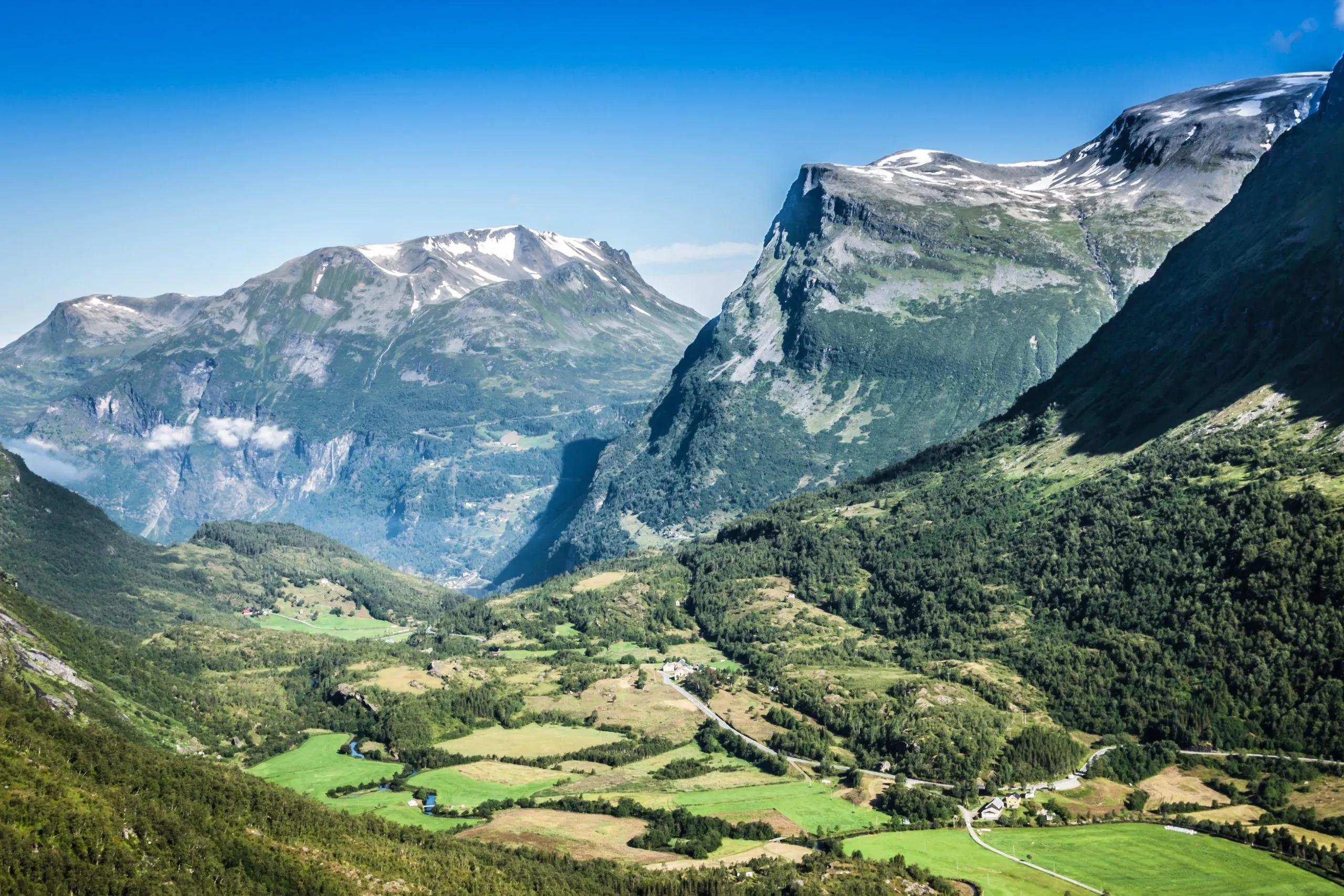22 km and 920 m of elevation gain / 540 m of elevation loss
Jotunheimen Hut-to-Hut Trek
8 days / 7 nights
|










Starting point
Gjendesheim
Finish point
Gjendesheim
Season
From June to September
Technical level
4/5
Fitness level
3/5
Tour type
Hut-to-Hut
Starting point
Gjendesheim
Finish point
Gjendesheim
Season
From June to September
Technical level
4/5
Fitness level
3/5
Tour type
Hut-to-Hut
- Trek through the Jotunheimen National Park – “Home of the Giants”
- Conquer Galdhøpiggen and Glittertind, Norway's two highest peaks
- Hike across the iconic Besseggen ridge on the final day
- Capture stunning vistas of Gjende and Bessvatn lakes from above
- Unwind in historic lodges after exhilarating mountain hikes
Itinerary of the trip
FREE ITINERARY
Get Your Travel Itinerary
Loved the itinerary? Enter your email below, and we'll send a copy straight to your inbox.
What’s included in the price?
Self-guided
NOT INCLUDED
OPTIONAL EXTRAS
What to bring to the tour
- Comfortable sports clothes
- Insulation jacket
- Spare socks, underwear and shirt
- Gloves
- Toilet paper
- Snacks
- Headlamp
- ID card
- Trekking poles if you are used to them
- Extra layer
- Rain jacket
- Headwear
- Sports shoes with good grip
- Water bottle
- Sunscreen
- Toothbrush
- Sleeping liner
- Backpack 25-40 l
- Some cash for food and accommodation
This adventure takes you through Jotunheimen National park, a region famed for its towering peaks and deep, glacially-formed lakes. Here, over 200 mountains rise above 2,000 meters, offering breathtaking views and a sense of unspoiled wilderness. You will visit two of them – Galdhøpiggen and Glittertind – the two highest peaks in the country.
One of the most striking features of this trek is its varied landscape. From the serenity of Gjendebu Lake to the exhilaration of ascending Besseggen Ridge, each day brings a new aspect of Jotunheimen's beauty into focus.
As you hike from hut to hut, you'll encounter not just the physical grandeur of the mountains, but also the rich cultural stories that they hold.
The tour is designed for those who appreciate both freedom and support. As a self-guided journey, you're equipped with a detailed itinerary and GPS routes, empowering you to navigate through Norway's natural beauty at your own pace.
Rest assured, your comfort is our priority. We book your accommodations in cozy staffed huts along the trail and provide round-the-clock support to ensure a smooth and enjoyable experience.
If you're looking for an adventure in the heart of Norway, then the Jotunheimen Hut to Hut Trek is an excellent choice.
Start planning today!
The sooner the better - guaranteed availability and best prices if you don't wait for too long.
Frequently Asked Questions
Ratings & Reviews

5.0 average rating

We had a lovely hike today with our guide Klemen. He personalized the tour on our needs and interests, so that we saw places we wouldn't without his experience. The hike was a little bit slippery after the rain from the last days and it went a lot upwards, but it was totally worth it! Thanks again :)


Our 3 day hike had to be rearranged 2/2 weather, so a one day hike was arranged for us. We appreciated the concern about weather and conditions. Our hike was with Matevz, who was a great guide. Very helpful and knowledgable. Would definitely recommend and will be back for a longer hike one day!
Similar Products
All available guidance options
Self-guided
Those who like a good adventure and limitless flexibility should go on a self-guided tour. We prepare the itinerary and book your accommodations while you enjoy the journey without our guide, being fully in charge of all the daily decisions. While you’ll have the full support of our team in case of any emergencies or concerns, a certain level of self-reliance is required.

HASSLE-FREE
We handle itineraries, accommodations, and anything else you prefer not to deal with, so you can enjoy a carefree hike.

BOOK WITH CONFIDENCE
We are a financially protected company, fully bonded and insured, keeping your money safe and allowing you to travel with confidence.

TRIED & TESTED ADVENTURES
Only the best hut to hut hikes in Europe, cherry-picked by our local team with an in-depth knowledge of the region.

UNBEATABLE SUPPORT
Our 24/7 customer support is where we show our passion, bringing you a better experience by making your well-being our number one priority.






































.jpg&w=3840&q=75)